From The Heritage Foundation:
A Note on the Signers of the
Declaration of Independence
by Matthew Spalding
"...we mutually pledge to each other our Lives,
our Fortunes and our sacred Honor."
Fifty-six individuals from each of the original 13 colonies participated in the Second Continental Congress and signed the Declaration of Independence. Pennsylvania sent nine delegates to the congress, followed by Virginia with seven and Massachusetts and New Jersey with five. Connecticut, Maryland, New York, and South Carolina each sent four delegates. Delaware, Georgia, New Hampshire, and North Carolina each sent three. Rhode Island, the smallest colony, sent only two delegates to Philadelphia.
Nine of the signers were immigrants, two were brothers, two were cousins, and one was an orphan. The average age of a signer was 45. The oldest delegate was Benjamin Franklin of Pennsylvania, who was 70 when he signed the Declaration. The youngest was Thomas Lynch, Jr., of South Carolina, who was 27.
Eighteen of the signers were merchants or businessmen, 14 were farmers, and four were doctors. Forty-two signers had served in their colonial legislatures. Twenty-two were lawyers -- although William Hooper of North Carolina was "disbarred" when he spoke out against the Crown -- and nine were judges. Stephen Hopkins had been Governor of Rhode Island.
Although two others had been clergy previously, John Witherspoon of New Jersey was the only active clergyman to attend -- he wore his pontificals to the sessions. Almost all were Protestant Christians; Charles Carroll of Maryland was the only Roman Catholic signer.
Seven of the signers were educated at Harvard, four each at Yale and William & Mary, and three at Princeton. John Witherspoon was the president of Princeton and George Wythe was a professor at William & Mary, where his students included the author of the Declaration of Independence, Thomas Jefferson.
Seventeen of the signers served in the military during the American Revolution. Thomas Nelson was a colonel in the Second Virginia Regiment and then commanded Virginia military forces at the Battle of Yorktown. William Whipple served with the New Hampshire militia and was one of the commanding officers in the decisive Saratoga campaign. Oliver Wolcott led the Connecticut regiments sent for the defense of New York and commanded a brigade of militia that took part in the defeat of General Burgoyne. Caesar Rodney was a Major General in the Delaware militia and John Hancock was the same in the Massachusetts militia.
Five of the signers were captured by the British during the war. Captains Edward Rutledge, Thomas Heyward, and Arthur Middleton (South Carolina) were all captured at the Battle of Charleston in 1780; Colonel George Walton was wounded and captured at the Battle of Savannah. Richard Stockton of New Jersey never recovered from his incarceration at the hands of British Loyalists and died in 1781.
Colonel Thomas McKean of Delaware wrote John Adams that he was "hunted like a fox by the enemy -- compelled to remove my family five times in a few months, and at last fixed them in a little log house on the banks of the Susquehanna . . . and they were soon obliged to move again on account of the incursions of the Indians." Abraham Clark of New Jersey had two of his sons captured by the British during the war. The son of John Witherspoon, a major in the New Jersey Brigade, was killed at the Battle of Germantown.
Eleven signers had their homes and property destroyed. Francis Lewis's New York home was destroyed and his wife was taken prisoner. John Hart's farm and mills were destroyed when the British invaded New Jersey and he died while fleeing capture. Carter Braxton and Thomas Nelson (both of Virginia) lent large sums of their personal fortunes to support the war effort, but were never repaid.
Fifteen of the signers participated in their states' constitutional conventions, and six -- Roger Sherman, Robert Morris, Benjamin Franklin, George Clymer, James Wilson, and George Reed --signed the United States Constitution. Elbridge Gerry of Massachusetts attended the federal convention and, though he later supported the document, refused to sign the Constitution.
After the Revolution, 13 of the signers went on to become governors, and 18 served in their state legislatures. Sixteen became state and federal judges. Seven became members of the United States House of Representatives, and six became United States Senators. James Wilson and Samuel Chase became Justices of the United States Supreme Court.
Thomas Jefferson, John Adams, and Elbridge Gerry each became Vice President, and John Adams and Thomas Jefferson became President. The sons of signers John Adams and Benjamin Harrison also became Presidents.
Five signers played major roles in the establishment of colleges and universities: Benjamin Franklin and the University of Pennsylvania; Thomas Jefferson and the University of Virginia; Benjamin Rush and Dickinson College; Lewis Morris and New York University; and George Walton and the University of Georgia.
John Adams, Thomas Jefferson, and Charles Carroll were the longest surviving signers. Adams and Jefferson both died on July 4, 1826, the 50th anniversary of the Declaration of Independence. Charles Carroll of Maryland was the last signer to die -- in 1832 at the age of 95.
--------------------------------------------------------------------------------
This article is courtesy of The Heritage Foundation.
Sources: Robert Lincoln, Lives of the Presidents of the United States, with Biographical Notices of the Signers of the Declaration of Independence (Brattleboro Typographical Company, 1839); John and Katherine Bakeless, Signers of the Declaration (Boston: Houghton Mifflin, 1969); Biographical Directory of the United States Congress, 1774-1989 (Washington, D.C.: U.S. Government Printing Office, 1989).
A detailed refutation of many of the errors about the signers of the Declaration of Independence can also be found at http://home.nycap.rr.com/elbrecht/signers/signerindex.htm
Saturday, June 5, 2010
Subscribe to:
Post Comments (Atom)
.gif)
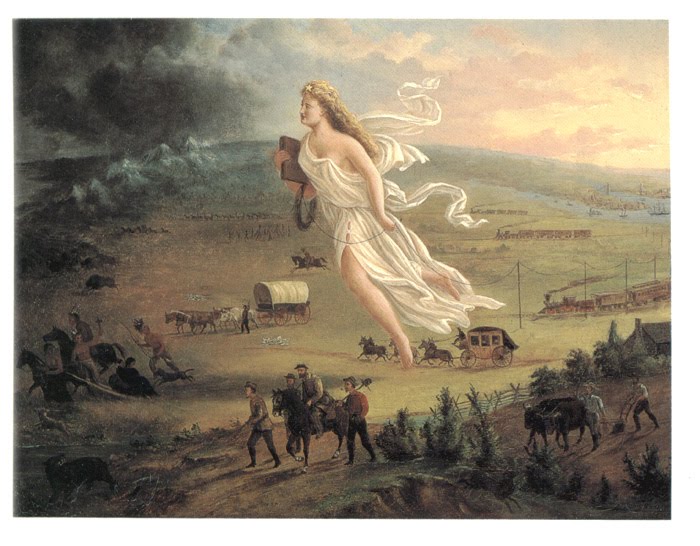

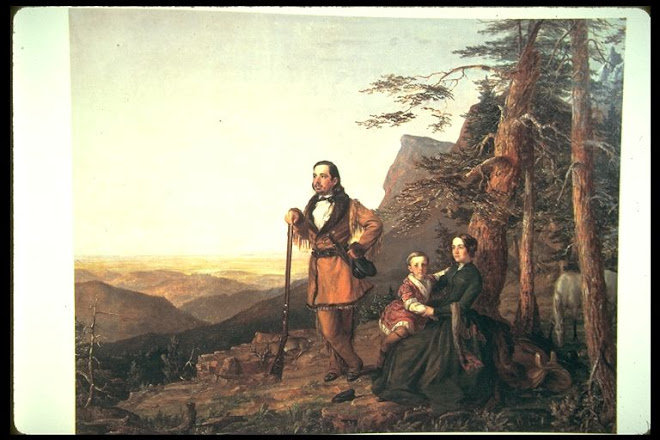


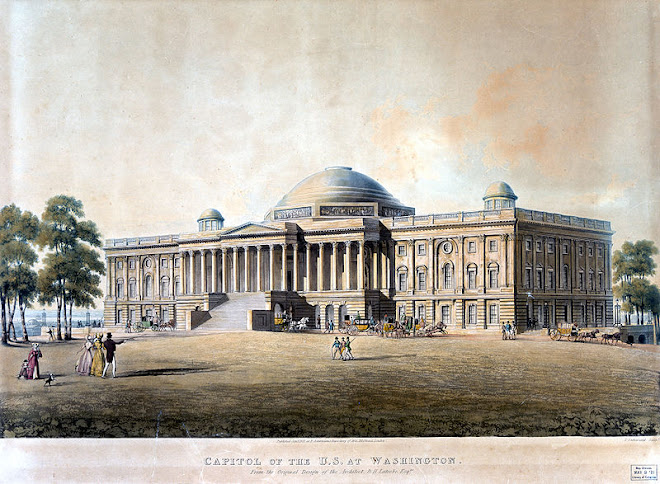


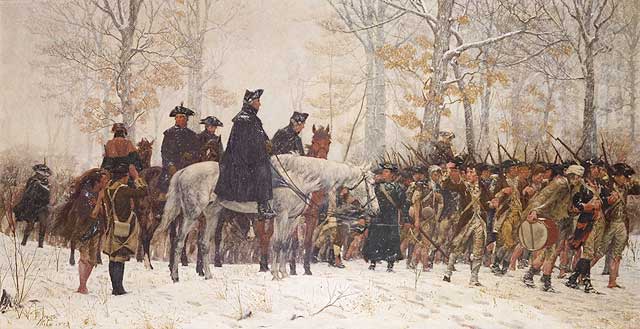
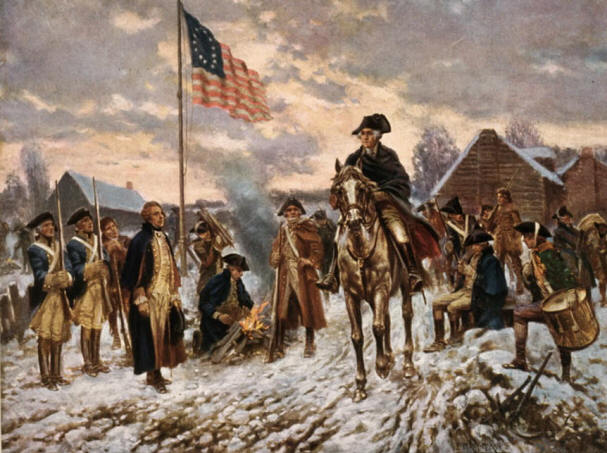
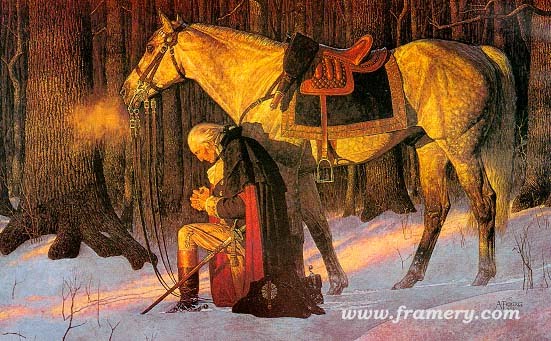

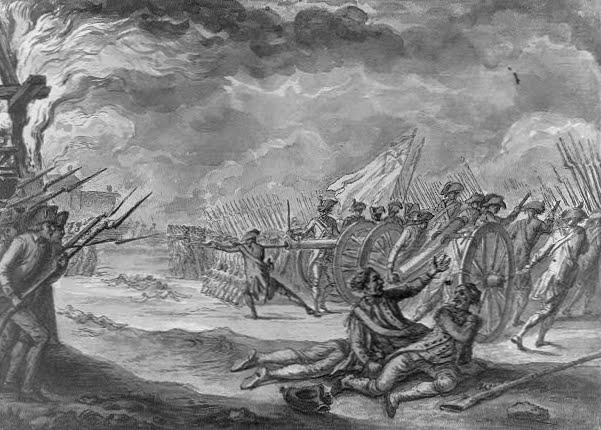











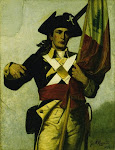





No comments:
Post a Comment